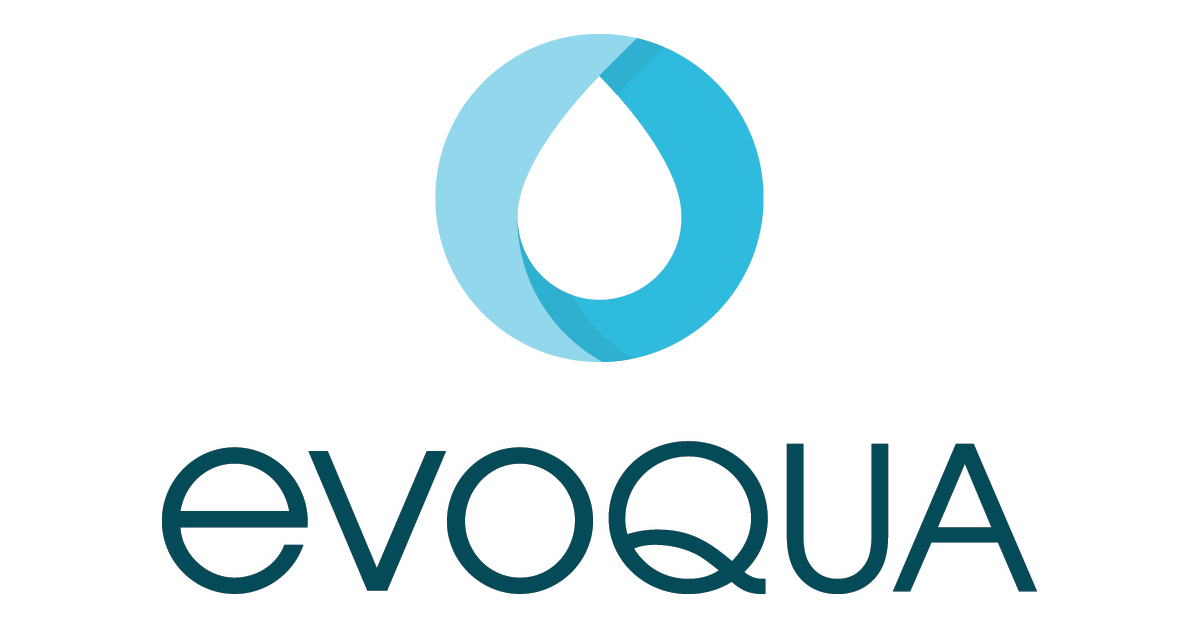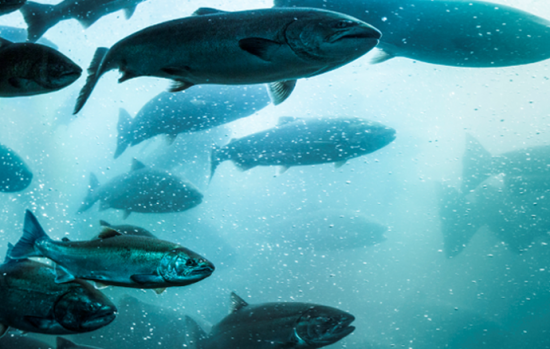
Features
FAQs on improving aquaculture with UV and Ozone technology
February 1, 2022 Sponsored by Evoqua Water Technologies 
 (Photo: Evoqua Water Technologies)
(Photo: Evoqua Water Technologies) Managing water quality and preventing disease from affecting your yields is a complicated process that can involve many different technologies and solutions.
To help companies protect against waterborne infection and disease, Evoqua recently hosted a webinar dedicated to understanding and improving water quality in land-based hatcheries that you can watch here.
In addition to sharing some expertise, we have compiled detailed answers to our eight most frequently asked questions when it comes to solutions we can provide for the aquaculture industry.
- What type of UV systems are best for hatcheries – medium or low pressure?
NIVA (Norwegian Institute for Water Research) has conducted detailed research on the applicability of UV treatment for various fish diseases and has confirmed that UV is effective*.
It has also confirmed medium pressure UV (polychromatic output) is more effective than low-pressure UV (monochromatic output), on a like for like basis. Some organisms absorb at different wavelengths, so medium pressure can be more efficient when dealing with these specific pathogens.
- How do low pressure UV systems perform with a cold-water feed?
The UV efficiency of low-pressure lamps depends on the lowest temperature spot on the lamp.
Optimum UV efficiency is achieved when this temperature is approximately 40ºC (100% maximum efficiency). With water temperature 5 degrees Celsius warmer, low pressure lamp output falls to only 20% of its maximum. If the water temperature falls more than 5 degrees, then the effect will be even more significant.
- How do you know what UV dose is required?
UV Dose is the product of UV Light Intensity (quantity of UV light per unit area falling on a surface) and Residence Time (contact time in the reaction chamber). It is measured in mJ/cm2 (millijoules/ cm2). There are specific doses needed for specific fish diseases found in aquaculture systems. For more information on sizing UV systems and calculating the correct UV dose, click here.
- What are the key challenges to the industry when applying advanced disinfection technologies to new or emerging fish diseases?
The major challenge for everyone in the aquaculture industry is emerging diseases, on which no testing has been carried out. Lack of testing means there no guaranteed disinfection levels for equipment.
To be able to give guarantees, validation testing must be carried out on the target organism by a reputable source. This is a long procedure that includes third-party laboratory testing with disinfection equipment.
- What are the key challenges with RAS systems?
While land-based aquaculture systems, such as RAS facilities, can offer a more sustainable alternative to traditional methods, they have their challenges. Potential issues include mortalities and diverse flavor profiles caused by biological conditions of land-based facilities that are hard to control.
A key factor in addressing these issues is understanding, maintaining, and improving optical water quality, especially in the UV range. This is what is often referred to as UV transmissivity (UVT).
The UVT of the water is an important parameter as it influences the efficiency of the UV system, often significantly – which in turn drives equipment sizing and therefore both CAPEX and OPEX.
Understanding the UVT is critical before implementing any solution – something that is cheap and easy to do with the right equipment. Sourcing raw water without high organic loadings that drive the UV down will also help to ensure that the treatment processes for water clarity are as efficient, optimized, and well-maintained as possible.
- What is UV Transmittance (UVT)?
UV transmittance refers to the percentage of light that passes through a water sample at the wavelength of 254 nm. At this wavelength, UV light penetrates the cell wall of the micro-organism. The amount of UV delivered to the organism is called the intensity. The UV energy permanently alters the DNA structure of the micro-organism in a process called thymine dimerization which inactivates the micro-organism and renders it unable to reproduce or infect.
- Are Ozone and UV are competing technologies?
Rather than competing, UV and Ozone are considered complementary technologies. Each system can have various process advantages depending on the disinfection need. The combination of both UV and ozone technology can provide plants with a double barrier approach.
- What is important to consider in choosing the right ozone equipment?
For Ozone you need to consider the main elements of ozonation: oxygen; ozone generation; mass transfer; measurement and control, including de-ozonation. Integration of all these elements can improve operational performance and create a more nurturing environment for the fish stock.
If you would like to learn more about protecting and controlling your water conditions, Evoqua has a range of technologies, products, and services to keep water clean and fish free from disease.
* UV treatment efficacy will depend on the feed water contaminant content, the specific product/system provided, and operating and maintenance conditions.
Print this page
Advertisement
- Benchmark expands its genetics team
- Excessive chitin in black soldier fly prepupae causes liver damage in largemouth bass juvenile





